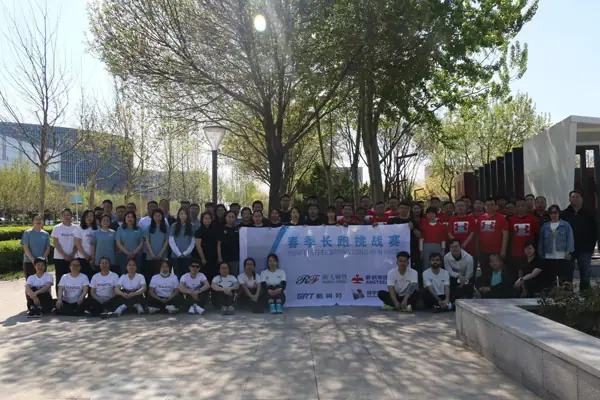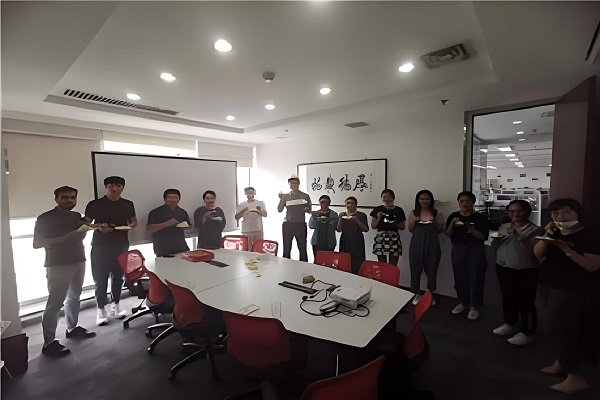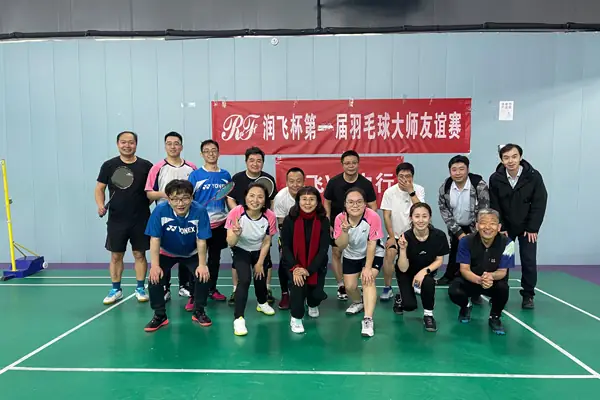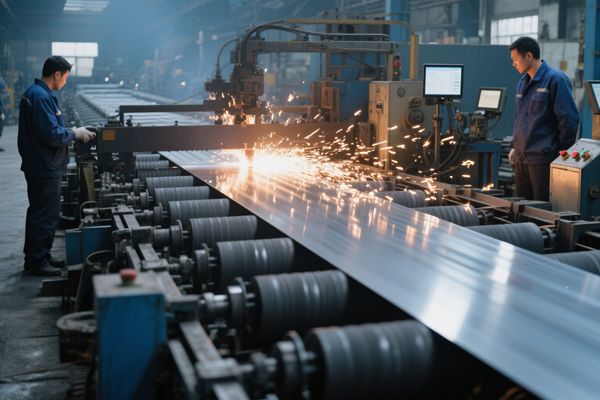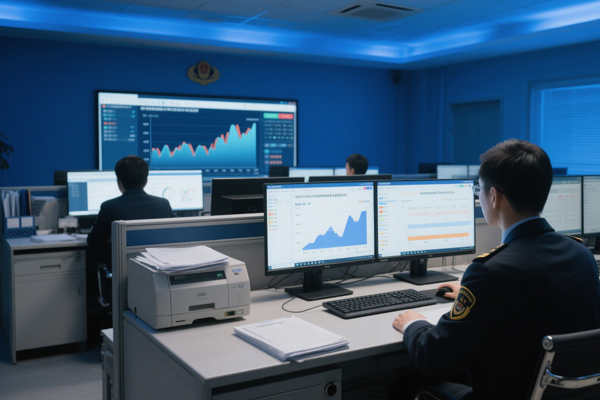Steel Truss fabrication: benefits of Galvanized vs hot rolled steel
Steel trusses are critical structural frameworks in modern construction, enabling long spans in bridges, warehouses, and architectural projects. The choice between hot-rolled (uncoated) and hot-dip galvanized (HDG) steel significantly impacts fabrication efficiency, lifecycle costs, corrosion resistance, and sustainability. While hot-rolled steel offers cost and strength advantages, galvanized steel excels in harsh environments due to its zinc-based corrosion protection. This research examines the technical, economic, and practical trade-offs between these materials to guide optimal truss fabrication strategies.
1. Material Properties & Fabrication
| Aspect | Hot-Rolled Steel | Hot-Dip Galvanized (HDG)Steel |
| Production | Rolled at 1700°F; forms mill scale (oxide layer) | Hot-rolled steel dipped in molten zinc (840°F) |
| Corrosion Resistance| | Low; requires painting/epoxy coatings. | High; zinc sacrificially protects steel (even if scratched |
| Fabrication | Easier welding/cutting; no toxic fumes | Complex: Zinc fumes during welding require ventilation; damaged coating needs repair |
| Strength | Higher yield strength (36–50 ksi (230-500 MPa)) | Slightly reduced due to zinc layer (3–5% weight gain) |
2. Economic & Environmental Analysis
– Cost:
– Hot-rolled: Lower upfront cost (no coating process).
– HDG: 40–60% higher initial cost, but eliminates painting/maintenance expenses.
– Lifecycle:
– Hot-rolled: Requires repainting every 10–15 years; lifespan ≈ 30 years.
– HDG: Maintenance-free for 50+ years in mild environments; 20–30 years in coastal zones.
– Sustainability:
– HDG’s extended lifespan reduces replacement frequency and resource consumption.
– Zinc is 100% recyclable; hot-rolled steel relies on paint (VOC emissions).
3. Application-Specific Suitability
| Scenario | Preferred Material | Rationale |
| Coastal bridge | HDG steel | alt air accelerates corrosion; HDG’s self-healing zinc layer prevents rust. |
| Indoor warehouses | Hot-rolled steel + paint | Low humidity; cost savings outweigh corrosion risk |
| Agricultural buildings | HDG steel | Resists ammonia and fertilizer corrosion. |
| Architectural trusses | Hot-rolled steel (painted post-fab) | Allows custom finishes; avoids HDG’s spangled appearance. |
Conclusion
Galvanized (HDG) steel is superior for durability in corrosive or high-moisture environments (e.g., coastal, industrial, or agricultural settings), offering minimal maintenance and a 50+ year lifespan despite higher initial costs.
Hot-rolled steel is economically optimal for dry, indoor, or short-term projects where corrosion risk is low, especially when aesthetic flexibility or raw strength is prioritized.
Lifecycle costs ultimately determine value: HDG saves 20–30% over 50 years in harsh climates, while hot-rolled steel is cheaper for protected applications.
References:
– Standards: ASTM A123 (Galvanizing), ASTM A36 (Hot-Rolled Steel).
– Industry Guides: American Galvanizers Association Handbook.
– Journals: Journal of Constructional Steel Research, Corrosion Science.

